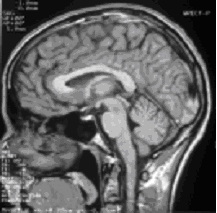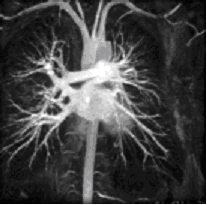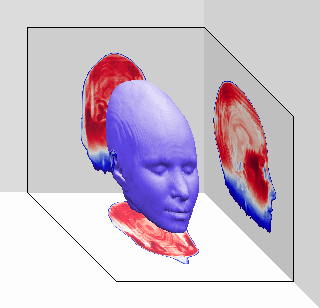 10
10
|
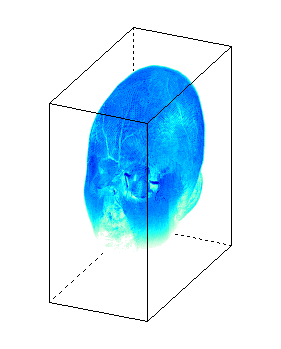 11
11
|
|
A 3D image compiled by MRI slices |
Another 3D image compiled by MRI slices |
MRI technology is very expensive (the average cost per machine is about $1 000 000). For this reason, a doctor would not perform a MRI without first having the patient examined by a CT or PET scan. The waiting times for a MRI scan can range from 15 to 199 days in Ontario, where 90% of patients are served on average within 105 days. Interestingly enough, when asking to use a service, many hospitals will not inform a patient of other available services in the area, so be sure to do your research!
MRI technology can be used to receive images of the brain, joint tissue, stomach, pelvis, and insides of bones. MRIs can discover if a patient has cancer or other diseases. MRI technology is also useful for diagnosing trauma done to critical areas such as the spine, heart, or brain. The information obtained from the MRI can be used to conduct precise surgery in these areas of the body. Below is a sample image showing a slice of the brain produced by MRI technology. |
||
|
A profile of a human head using MRI technology |
A view through a human chest cavity |
|
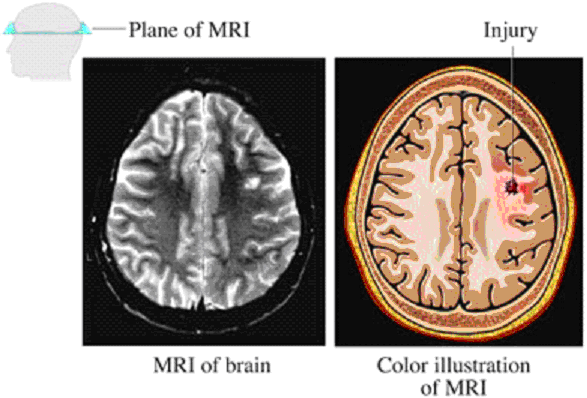 13
13
An actual MRI image (left) and animated comparison (right). |
||
 Click HERE! learn more about Magnetic Resonance Imaging from our expert medical physicist, Dr. Siobhan Ozard, Windsor Regional Cancer Centre.
Click HERE! learn more about Magnetic Resonance Imaging from our expert medical physicist, Dr. Siobhan Ozard, Windsor Regional Cancer Centre.
© Copyright 2006, Brandon Disher, Logan Lenarduzzi, Ben Lewis, and Justin Teeuwen.
